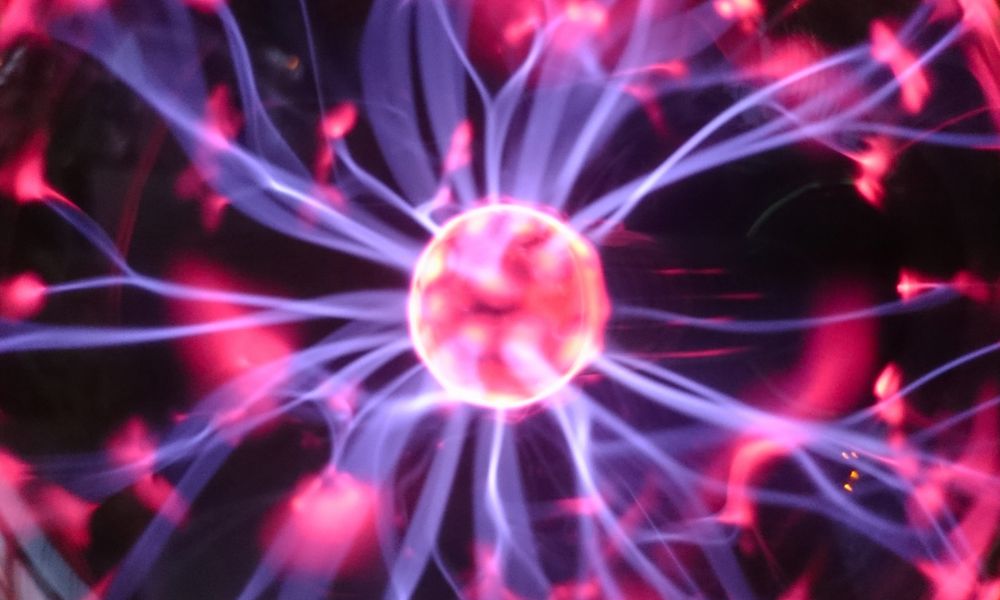Comparing Atmospheric and Low Pressure Plasma Treatments

In essence, any form of plasma surface treatment serves one function – to modify the chemical and physical properties of the top layer of a material’s surface, modifying the surface’s wettability (bonding characteristics). It’s most commonly used to process plastics such as ETFE, PVC, PET, and similar plastics. Typically, applications include medical device manufacturing and wire or cable processing. But what is the difference between atmospheric and low-pressure plasma treatments?
WHAT IS PLASMA?
If you’re unfamiliar with “plasma,” it is basically another state of matter, the same as solids, liquids, and gases. More specifically, you create plasma when you energize and ionize matter within a gaseous state. But how does plasma benefit surface manipulation? When exposed to the material, the plasma transfers energy to a solid, creating reactions that modify wettability and other surface characteristics. The best part about using plasma for processing purposes is that it doesn’t damage the material, making it ideal for industrial applications.
ATMOSPHERIC PLASMA TREATMENTS
Atmospheric plasma treatment involves directly exposing a material’s surface to a stream of partially ionized gas. These plasma devices ionize this gas in real-time and produce a plasma arc, which treats the surface. Atmospheric plasma treatment is highly compatible with other processes, including bonding, striping, and marking. There are many advantages to choosing this treatment system, as they are easy to automate and integrate into extrusion lines and produce highly accurate results. As such, aerospace, defense, and other regulated industries often use atmospheric plasma treatment.
LOW-PRESSURE PLASMA TREATMENTS
Low-pressure plasma treatment requires completely different equipment. Mainly, these systems use a vacuum chamber filled with partially ionized gas – instead of direct application, technicians expose the surface to the gas by inserting it into the chamber. A pump mechanism slowly removes the ionized gas, replacing it with a process gas. This process releases gas in a plasma state at a monitored pressure. The gas exchange repeats over time, which is better for applications requiring extremely clean surfaces. Unlike atmospheric plasma treatment machines, these systems don’t require localized ventilation.
When comparing atmospheric and low-pressure plasma treatments, there are advantages to each type of system. However, an atmospheric plasma surface treatment system is typically the best choice for a variety of industries, including wire or cable and medical device manufacturing. Check out our selection of treatment systems to find the perfect equipment for your business.


